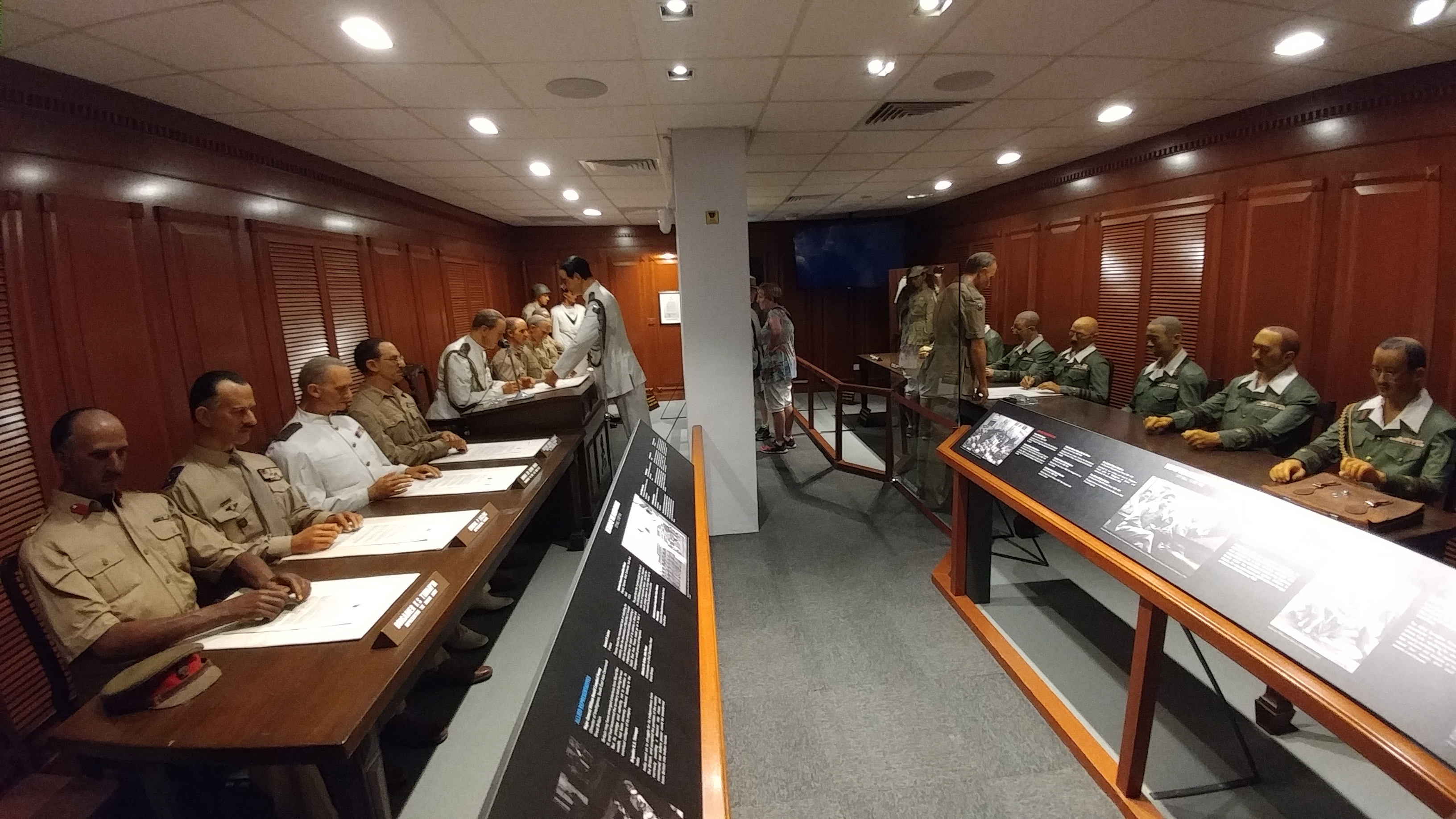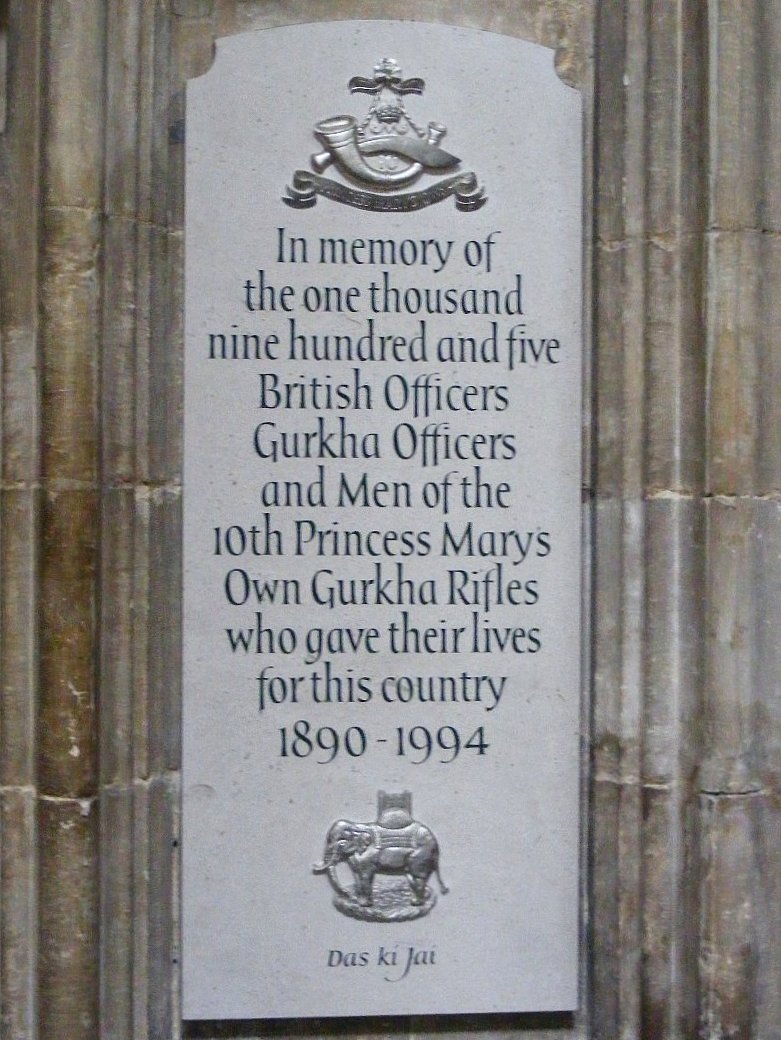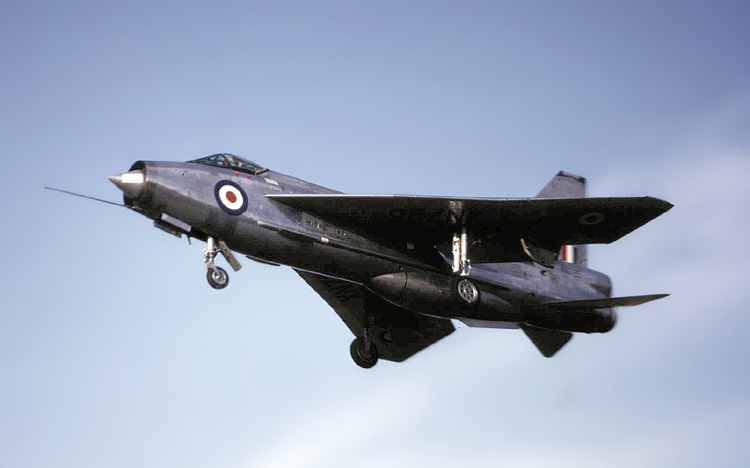|
Fort Siloso
Fort Siloso is a decommissioned coastal artillery battery in Sentosa, Singapore. It consists of 12 such batteries which made up "Fortress Singapore" at the start of World War II, and saw action during the Battle of Singapore. The fort is now a military museum open to the public. The Surrender Chambers in Fort Siloso reopened in June 2017 with a refreshed exhibition and free admission. History Construction The word "Siloso" of the fort's name is derived from a Malayan word meaning "rock". There was a huge rock at the mouth of Singapore's harbour which imposed a hazard to passing shipping. With trade ever flourishing in Singapore since the opening of the Suez Canal in 1869, it became necessary to protect Singapore's port. Based on the report by Major Edward Lake of the British Royal Engineers, a fort was decided to be built on Pulau Blakang Mati (Sentosa) in 1874 to protect Keppel Harbour. As part of the planned fortifications, Mount Siloso's top was blown off to flatten it for t ... [...More Info...] [...Related Items...] OR: [Wikipedia] [Google] [Baidu] |
Sentosa
Sentosa Island, known mononymously as Sentosa, and formerly ''Pulau Belakang Mati'', is an island located off the southern coast of Singapore's main island. The island is separated from the main island of Singapore by a channel of water, the Keppel Harbour, and is adjacent to Pulau Brani, a smaller island wedged between Sentosa and the main island. Formerly used as a British military base and afterwards as a Japanese prisoner-of-war camp, the island was renamed Sentosa and was planned to be a popular tourist destination. It is now home to a popular resort that receives more than twenty million visitors per year. Attractions include a long sheltered beach, Madame Tussauds Singapore, an extensive Cable Car network, Fort Siloso, two golf courses, 14 hotels and the Resorts World Sentosa, which features the Universal Studios Singapore theme park and one of Singapore's two casinos, the other being in Marina Bay Sands. Sentosa is also widely known as being the location of the 2018 ... [...More Info...] [...Related Items...] OR: [Wikipedia] [Google] [Baidu] |
Government Of Singapore
The Government of Singapore is defined by the Constitution of Singapore to mean the executive branch of the state, which is made up of the president and the Cabinet. Although the president acts in their personal discretion in the exercise of certain functions as a check on the Cabinet and the Parliament, their role is largely ceremonial. It is the Cabinet, composed of the prime minister and other ministers appointed on their advice by the president, that have the general direction and control of the government. The Cabinet is formed by the political party that gains a simple majority in each general election. A statutory board is an autonomous agency of the Government that is established by an Act of Parliament and overseen by a government ministry. Unlike ministries and government departments that are subdivisions of ministries, statutory boards are not staffed by civil servants and have greater independence and flexibility in their operations. There are five Community ... [...More Info...] [...Related Items...] OR: [Wikipedia] [Google] [Baidu] |
10th Princess Mary's Own Gurkha Rifles
The 10th Princess Mary's Own Gurkha Rifles, (abbreviated to 10 GR), was originally a rifle regiment of the British Indian Army. The regiment was formed in 1890, taking its lineage from a police unit and over the course of its existence it had a number of changes in designation and composition. It took part in a number of campaigns on the Indian frontiers during the 19th and early 20th centuries, before fighting in the First World War, the Third Anglo-Afghan War and the Second World War. Following India's independence in 1947, the regiment was one of four Gurkha regiments to be transferred to the British Army. In the 1960s it was active in the Malayan Emergency and Indonesian Confrontation. It was amalgamated with the other three British Gurkha regiments to form the Royal Gurkha Rifles in 1994. History Early history At the end of the Third Burmese War in 1887, it was decided to withdraw the regular army battalions and replace them with a freshly recruited military police for ... [...More Info...] [...Related Items...] OR: [Wikipedia] [Google] [Baidu] |
Indonesia–Malaysia Confrontation
The Indonesia–Malaysia confrontation or Borneo confrontation (also known by its Indonesian / Malay name, ''Konfrontasi'') was an armed conflict from 1963 to 1966 that stemmed from Indonesia's opposition to the creation of the Federation of Malaysia. After Indonesian president Sukarno was deposed in 1966, the dispute ended peacefully and the nation of Malaysia was formed. The creation of Malaysia was a merger of the Federation of Malaya (now Peninsular Malaysia), Singapore and the British crown colonies of North Borneo and Sarawak (collectively known as British Borneo, now East Malaysia) in September 1963. Vital precursors to the conflict included Indonesia's policy of confrontation against Dutch New Guinea from March–August 1962 and the Indonesia-backed Brunei revolt in December 1962. Malaysia had direct military support from Great Britain, Australia, and New Zealand. Indonesia had indirect support from the USSR and China, thus making it an episode of the Cold War i ... [...More Info...] [...Related Items...] OR: [Wikipedia] [Google] [Baidu] |
Gorkha Regiments (India)
Since the independence of India in 1947, as per the terms of the Britain–India–Nepal Tripartite Agreement, six Gorkha regiments, formerly part of the British Indian Army, became part of the Indian Army and have served ever since. The troops are mainly from ethnic Gurkha communities of Nepal. A seventh Gorkha Rifles regiment was re-raised in the Indian Army after Independence to accommodate Gorkha soldiers of 7th Gurkha Rifles and the 10th Gurkha Rifles who chose not to transfer to the British Army. History Origins Impressed by the fighting qualities displayed by the Gorkhas during the Gurkha War, Sir David Ochterlony was quick to realise the potential of the Gorkhas in the British Indian Army. Until then, Gorkha defectors were generally used as irregular forces. On 24 April 1815, the first battalion of the Gorkha Regiment, was raised as the Nasiri regiment. This regiment later became the 1st King George's Own Gurkha Rifles, and saw action at the Maulun fort under Lieu ... [...More Info...] [...Related Items...] OR: [Wikipedia] [Google] [Baidu] |
Royal Navy
The Royal Navy (RN) is the United Kingdom's naval warfare force. Although warships were used by English and Scottish kings from the early medieval period, the first major maritime engagements were fought in the Hundred Years' War against France. The modern Royal Navy traces its origins to the early 16th century; the oldest of the UK's armed services, it is consequently known as the Senior Service. From the middle decades of the 17th century, and through the 18th century, the Royal Navy vied with the Dutch Navy and later with the French Navy for maritime supremacy. From the mid 18th century, it was the world's most powerful navy until the Second World War. The Royal Navy played a key part in establishing and defending the British Empire, and four Imperial fortress colonies and a string of imperial bases and coaling stations secured the Royal Navy's ability to assert naval superiority globally. Owing to this historical prominence, it is common, even among non-Britons, to ref ... [...More Info...] [...Related Items...] OR: [Wikipedia] [Google] [Baidu] |
Surrender Of Japan
The surrender of the Empire of Japan in World War II was announced by Emperor Hirohito on 15 August and formally signed on 2 September 1945, bringing the war's hostilities to a close. By the end of July 1945, the Imperial Japanese Navy (IJN) had become incapable of conducting major operations and an Allied invasion of Japan was imminent. Together with the United Kingdom and China, the United States called for the unconditional surrender of the Japanese armed forces in the Potsdam Declaration on 26 July 1945—the alternative being "prompt and utter destruction". While publicly stating their intent to fight on to the bitter end, Japan's leaders (the Supreme Council for the Direction of the War, also known as the "Big Six") were privately making entreaties to the publicly neutral Soviet Union to mediate peace on terms more favorable to the Japanese. While maintaining a sufficient level of diplomatic engagement with the Japanese to give them the impression they might be wi ... [...More Info...] [...Related Items...] OR: [Wikipedia] [Google] [Baidu] |
Prisoner-of-war
A prisoner of war (POW) is a person who is held captive by a belligerent power during or immediately after an armed conflict. The earliest recorded usage of the phrase "prisoner of war" dates back to 1610. Belligerents hold prisoners of war in custody for a range of legitimate and illegitimate reasons, such as isolating them from the enemy combatants still in the field (releasing and repatriating them in an orderly manner after hostilities), demonstrating military victory, punishing them, prosecuting them for war crimes, exploiting them for their labour, recruiting or even conscripting them as their own combatants, collecting military and political intelligence from them, or indoctrinating them in new political or religious beliefs. Ancient times For most of human history, depending on the culture of the victors, enemy fighters on the losing side in a battle who had surrendered and been taken as prisoners of war could expect to be either slaughtered or enslaved. E ... [...More Info...] [...Related Items...] OR: [Wikipedia] [Google] [Baidu] |
Japanese Occupation Of Singapore
, officially , was the name for Singapore when it was occupied and ruled by the Empire of Japan, following the fall and surrender of British military forces on 15 February 1942 during World War II. Japanese military forces occupied it after defeating the combined British, Indian, Australian, Malayan and the Straits Settlements garrison in the Battle of Singapore. The occupation was to become a major turning point in the histories of several nations, including those of Japan, Britain, and Singapore. Singapore was renamed Syonan-to, meaning "Light of the South Island" and was also included as part of the . Singapore was officially returned to British colonial rule on 12 September 1945, following the formal signing of the surrender instrument at the Municipal Building, currently known as the City Hall. After the return of the British, there were growing political sentiment amongst the local populace in tandem to the rise of anti-colonial and nationalist fervor, as many felt ... [...More Info...] [...Related Items...] OR: [Wikipedia] [Google] [Baidu] |
Tengah Airfield
The Tengah Air Base is a military airbase of the Republic of Singapore Air Force (RSAF) located in the Western Water Catchment, in the western part of Singapore. The air base is the most important airfield of the RSAF as it houses the majority of the RSAF's fixed-wing frontline squadrons, home to all of RSAF's Airborne early warning and control (AEWC) assets, most of the F-16C/D Fighting Falcons and many UAVs. The airfield goes by the motto of ''Always Vigilant'', which is supported by its main motif, a black knight chess piece symbolising the aircraft's operational readiness in Tengah. The sword represents war's heraldic sword of destruction, while the state is depicted by the castle. Prior to Singapore's independence, it was a flying Royal Air Force station known as RAF Tengah. History RAF Tengah RAF Tengah was opened in 1939. Tengah airfield was the target of carpet bombing when 17 Japanese Navy bombers conducted the first air raid on Singapore, shortly afte ... [...More Info...] [...Related Items...] OR: [Wikipedia] [Google] [Baidu] |
British Malaya
The term "British Malaya" (; ms, Tanah Melayu British) loosely describes a set of states on the Malay Peninsula and the island of Singapore that were brought under British hegemony or control between the late 18th and the mid-20th century. Unlike the term "British India", which excludes the Indian princely states, British Malaya is often used to refer to the Federated and Unfederated Malay States, which were British protectorates with their own local rulers, as well as the Straits Settlements, which were under the sovereignty and direct rule of the British Crown, after a period of control by the East India Company. Before the formation of the Malayan Union in 1946, the territories were not placed under a single unified administration, with the exception of the immediate post-war period when a British military officer became the temporary administrator of Malaya. Instead, British Malaya comprised the Straits Settlements, the Federated Malay States, and the Unfederated Ma ... [...More Info...] [...Related Items...] OR: [Wikipedia] [Google] [Baidu] |








.jpg)